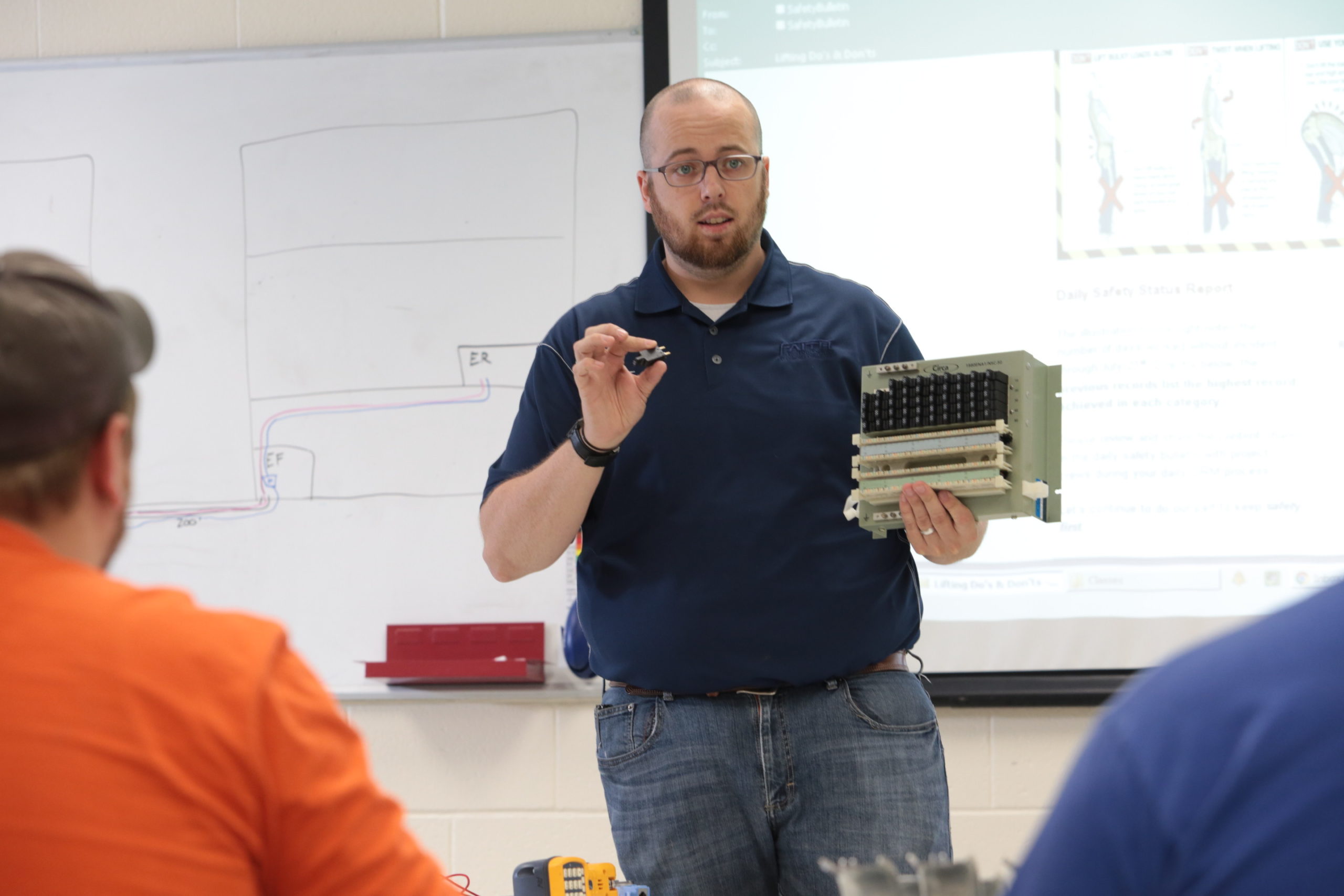01.30.2018
Learning From Failure: An Apprentice’s Best Tool
 As a Regional Training Supervisor at Faith Technologies, I’m challenged to find the best tools available to aid in the growth and preparation of our apprentices; the future of our organization. In my experience, there’s no greater tool in my toolbox than failure. While this may sound unusual, hear me out.
As a Regional Training Supervisor at Faith Technologies, I’m challenged to find the best tools available to aid in the growth and preparation of our apprentices; the future of our organization. In my experience, there’s no greater tool in my toolbox than failure. While this may sound unusual, hear me out.
There are three ways I use these types of stories as a tool in the classroom:
- My Experiences: Standing in front of a class and recounting my personal experiences with failure builds a bond and a level of trust with apprentices. It teaches them that everybody has been where they are; young in the trade, unsure of their ability, and worried about growth in their skill sets. Coaching them that failure is a never-ending lesson in their career, and modeling behaviors that will help them see through it is paramount to an apprentice’s success.
- Their Experiences: I love to hear failure stories from apprentices in the field, and I try to give them the opportunity to share them as often as possible. Every story is a treasure trove of learning potential! It gives the student a moment to reflect on their experience while sharing, and the student’s peers will get the chance to see somebody else struggling with concepts and situations that they too might have troubles with. And finally, it provides me with the convenience of having the class show me exactly which subjects they may need assistance with.
- Failing Together: Controlled, monitored, and planned failure in the classroom is a fantastic way to have apprentices grow and learn together. My training spaces allow for exploration and simulation of real-life installations and equipment that allow the invaluable process of trial and error to occur without the real-life safety hazards and consequences that failure in the field bring.
In the book The Career Architect Development Planner, the 70:20:10 learning and development model is explained. The study suggests that 70 percent of learning comes from doing the work and pushing through challenges on your own. Twenty percent comes from coaching and mentoring from those more experienced than yourself, and a mere 10 percent comes from formal training and instruction. At Faith Technologies, our internal apprenticeship program closely follows this model. The typical apprentice will spend less than 15 percent of their first 3-4 years in a classroom environment, with the rest of their time spent doing the work and learning from leaders in the field.
Controlled and objective-based failure in the classroom, coaching from experienced peers in the field, and time to see it and do it for themselves is a solid recipe for developing our future, the apprentices at Faith Technologies.
If you are looking for a career and want to find out more about Faith Technologies, check out this video on our Apprenticeship Program. We’re always updating our Job Postings list at faithtechnologies.com/careers, so be sure to review those, as well!
If you enjoyed this blog article, please subscribe to stay up to date on the latest industry news from our experts at Faith Technologies.



